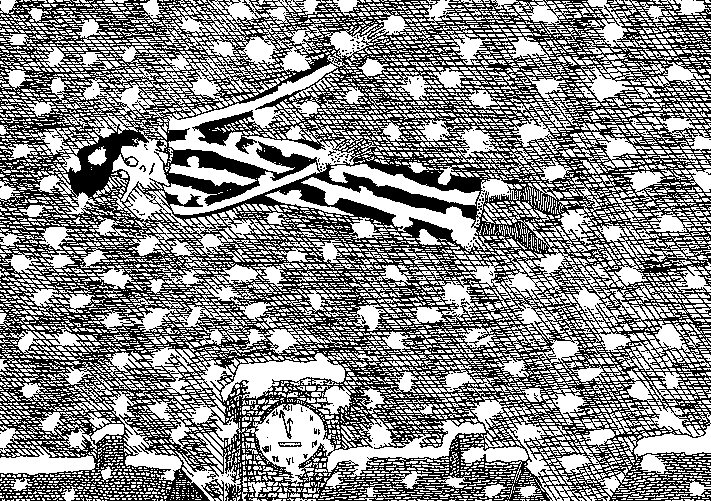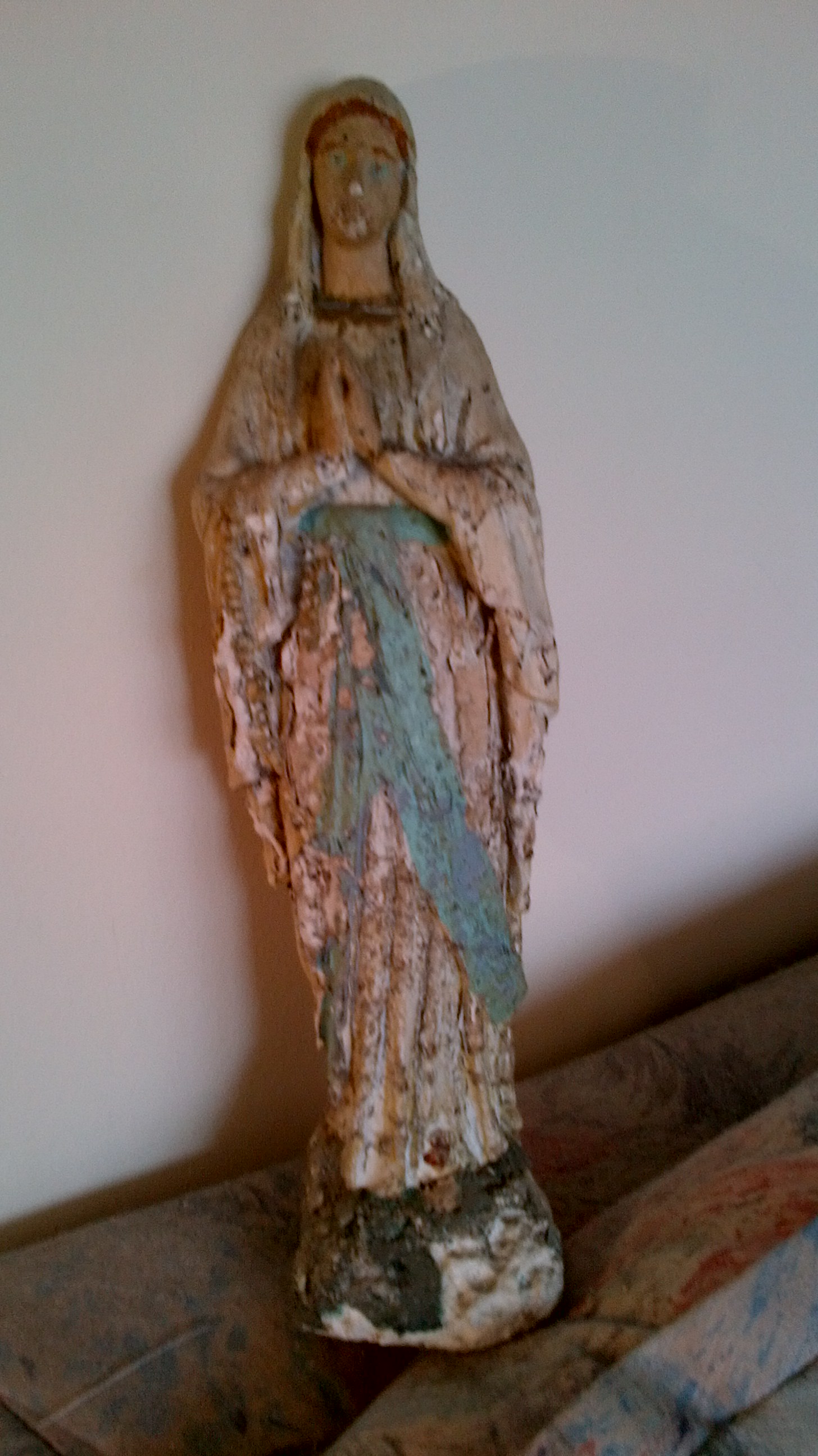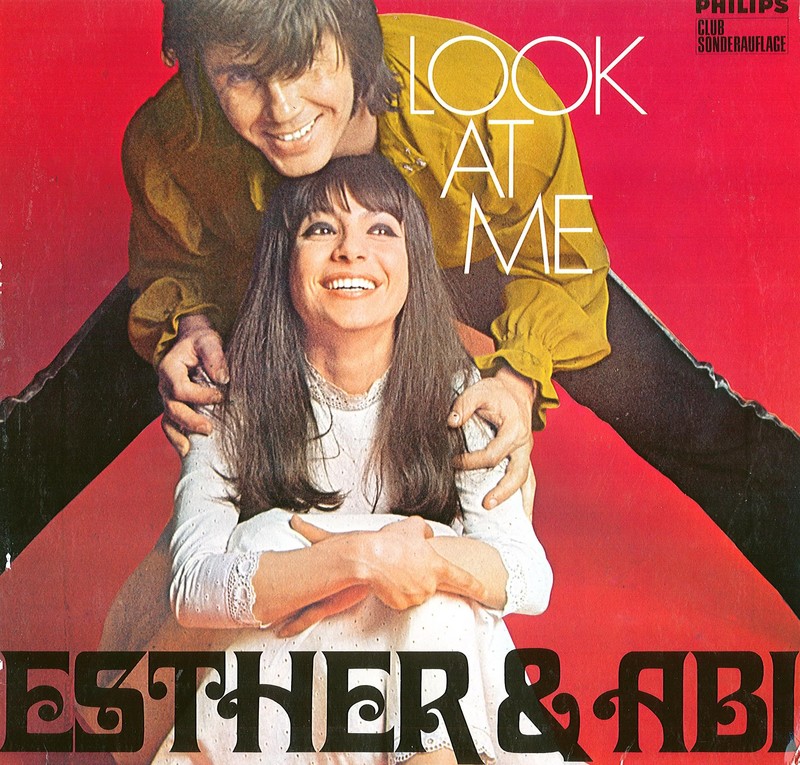In terms of personal grooming, I have always set great store by the pudding basin haircut. It is an effortlessly stylish look, achieved by having a pudding basin upended over one’s bonce, while one’s barber snips away any hair protruding below the rim. Obviously, before putting the pudding basin in place, the hair is combed, in a uniformly downward direction, from a central point at the apex of the head.
If you wish to avail yourself of a pudding basin haircut – and I would strongly advise you to do so – there are a few things to bear in mind. Before donning your boots and windcheater and heading out to the barber’s, you should ascertain whether he supplies his own pudding basin. This is particularly the case if the size of your head strays from the human norm. If you have an unusually large head, or an abnormally tiny one, a standard size pudding basin will result in a very stupid haircut. In these circumstances, or if your barber does not supply his own pudding basin, be sure to take one with you.
But before leaving the house, check that your pudding basin has been thoroughly cleaned since last you used it for making a pudding. Failing to do so might find you leaving the barber’s, later, with your new haircut splattered with bits of, say, sago pudding. You will be extremely fortunate to make it home without being beset by birds, swooping down upon your head and pecking at your hair with their sharp fearsome beaks, intent on gobbling up every last scrap of sago pudding, which most birds find irresistible. This savage pecking is also likely to cause catastrophic damage to your brand new haircut, and you will probably have to turn around and go straight back to the barber’s so he can snip snip snip it into some semblance of tidiness and style. He may not, however, be able to achieve that enviable pudding basin look you left with a few minutes earlier. Also, unless he is a particularly generous barber, you will have to pay him twice – and all because you neglected to scrub every last smidgen of sago pudding from your pudding basin.
By the same token, make sure you wash the pudding basin when you get home, or at least before you next use it for pudding preparation. A stray hair or two may adhere to the inside of the basin, and thus find its way into your pudding. This could result in dinner party calamity, and you will become an object of disgust to your guests. Not even that effortlessly stylish pudding basin baircut will save you from consequent social disgrace and possible criminal prosecution.




